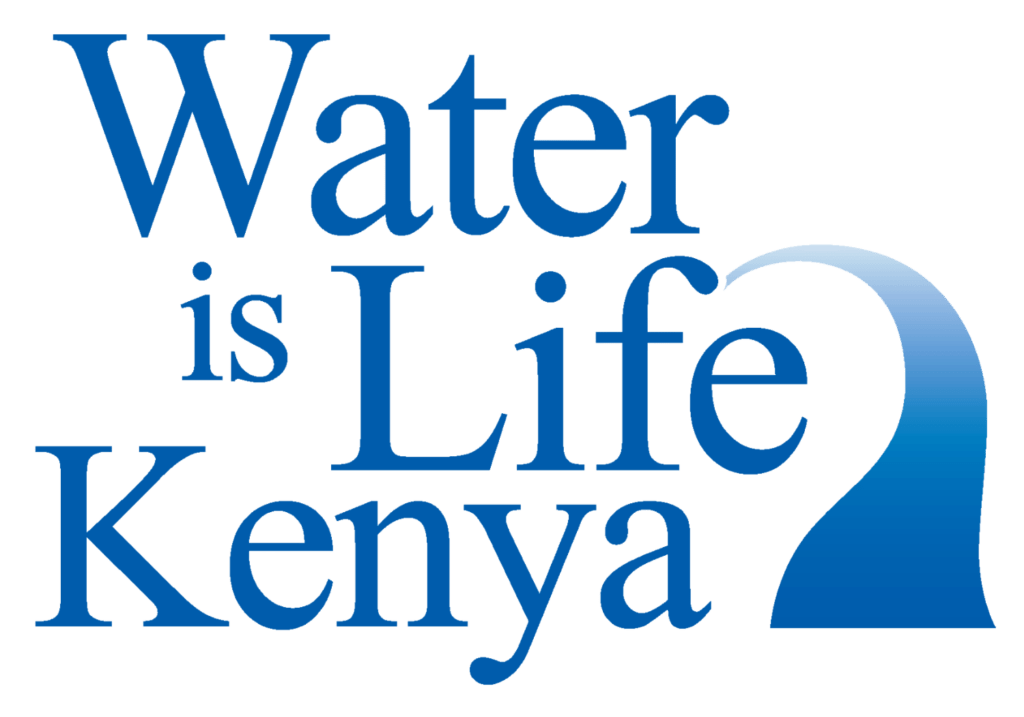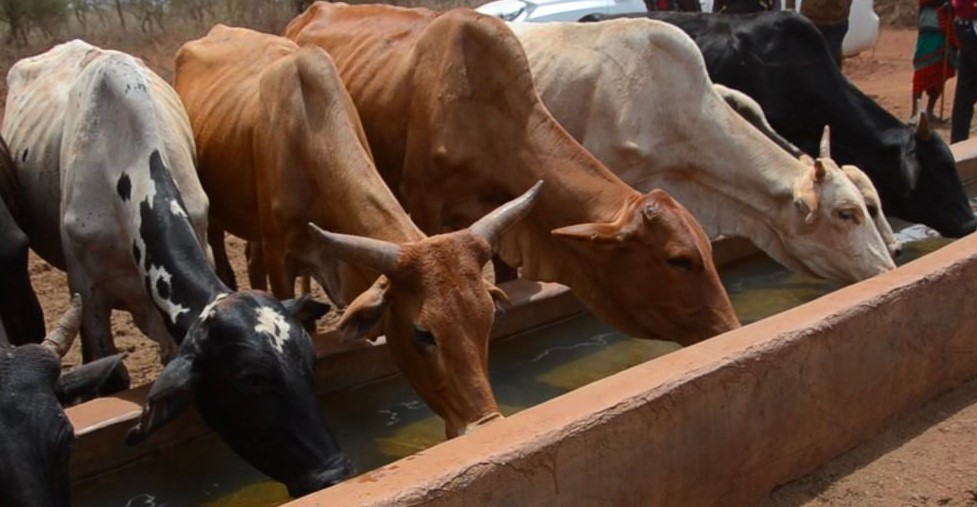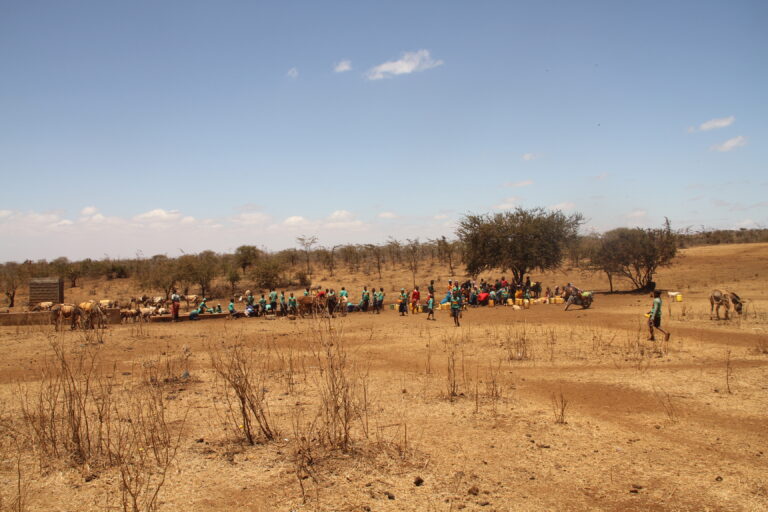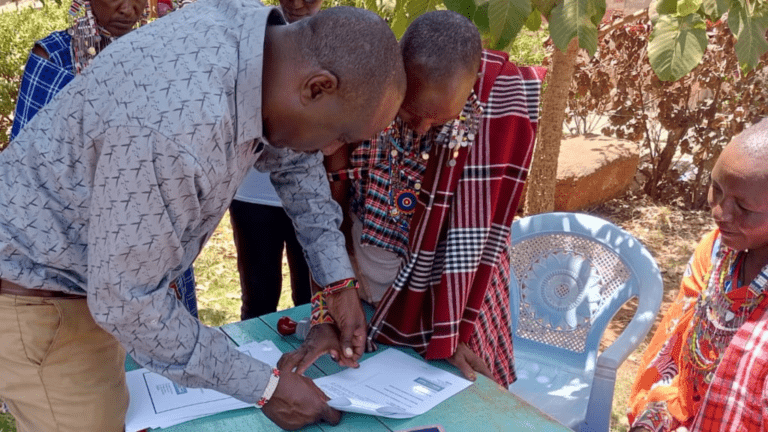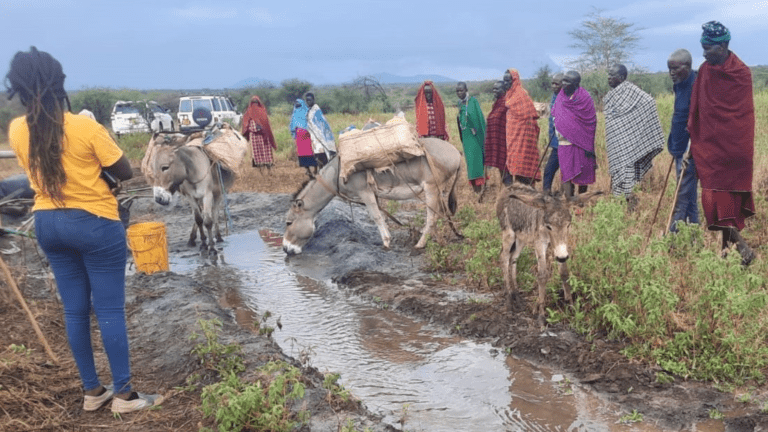The Maasai have a close relationship with different types of animals. This makes sense, considering the migration route for many of those animals traverses land traditionally settled by the Maasai. In particular, our Maasai friends are close to the Maasai Mara Game Reserve, where people from all over the world come to the Mara Triangle to watch these animals cross the Mara River.
To coincide with the Great Migration, officials from Kenya and Tanzania have created the first annual Maasai Culture Week in Narok, which is just outside of Maasai Mara. However, you can learn more about how Maasai pastoralists interact with local animals without having to leave your home.

It’s All About Cattle
We already know the Maasai have a close cultural connection with cows and livestock. Not only are they synonymous with currency and wealth, but they also are used ritualistically for various purposes (such as a dowry or a payment).
Water is Life Kenya (WILK) helps Maasai maintain their traditional culture while benefitting from social institutions (like schools and businesses) so that they can choose how to live. One way we accomplish this is through our Livestock as a Business (LAB) program. We offer microloans and training to groups in Kajiado County so they can learn better livestock management skills. These groups can save or reinvest their improved earnings into preventative treatments and better cattle selection. We, then, build on indigenous knowledge to set our groups up for greater success.
Even though LAB was on hiatus because of the 2.5-year-long drought in Kenya, previous LAB groups managed to keep at least some of their cows alive. We did, however, have a graduation ceremony last year for the groups that previously completed their training. Now that the drought is over in some areas, LAB has restarted its program for four new groups (about 60 men and women): Nasinya, Lelem, Naretoi Noonkishu, and Nasaru Kuku.
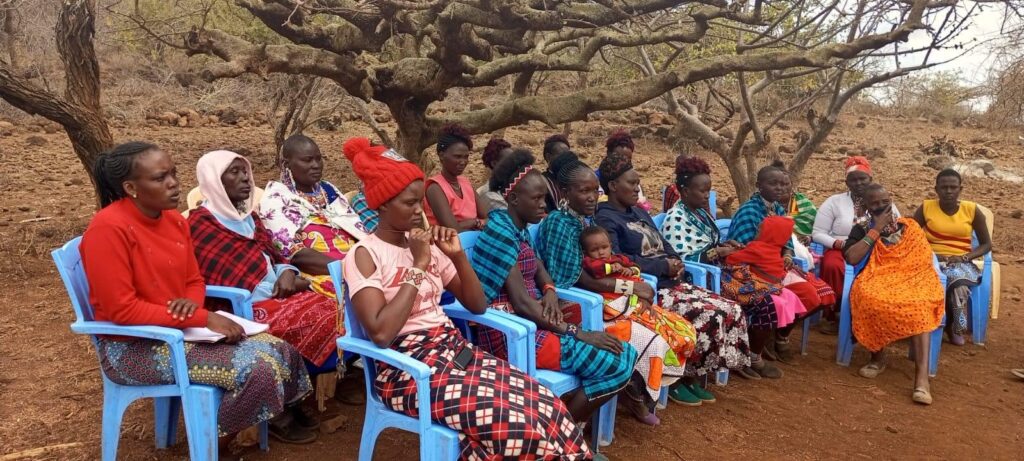
Goats and Sheep, Too
While some Maasai women do have cattle herds of their own, most prefer to have smaller animals, like goats or sheep, that are easier to care for and provide more immediate means of making a profit. In fact, the widows from our first Hope for Widows group will give baby goats to the new group at the next Goats & Grants ceremony later this month!
The LAB and Hope for Widows programs offer both training and choices for women. WILK teaches women in these programs skills to use to build their businesses. Maasai women already have experience working with animals, so this training gives them opportunities to make enough money to care for themselves and their families—even during extreme drought conditions.
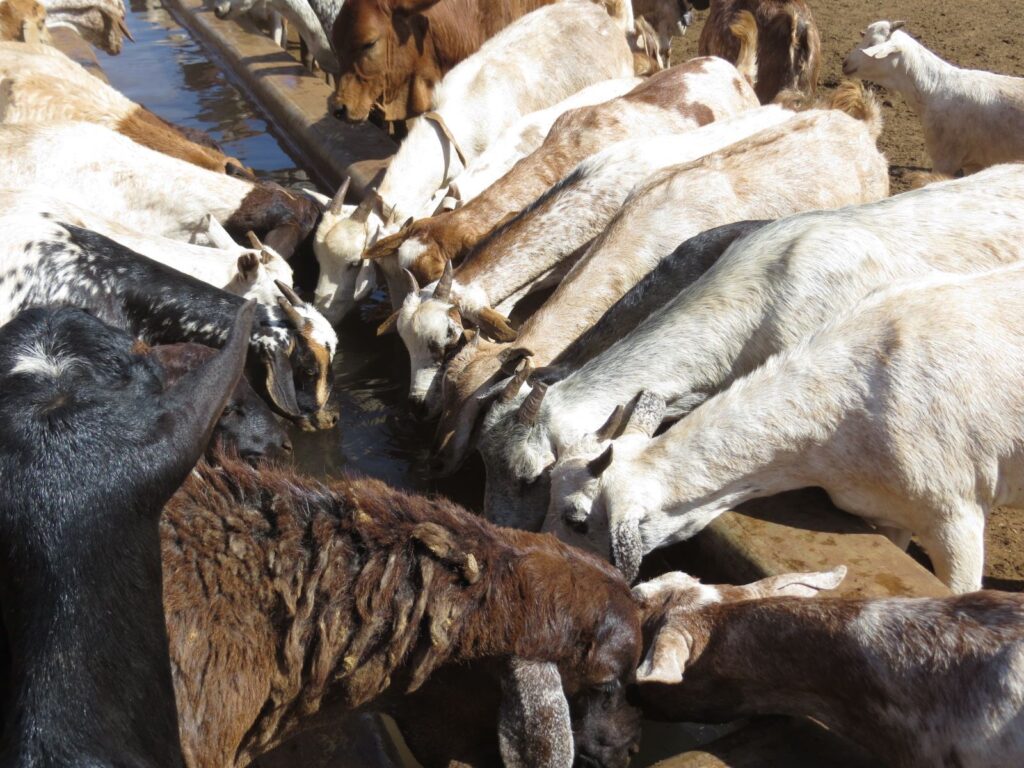
Don’t Forget the Wildlife
There is an indigenous animal population to live with, too. Recently, some of our friends have dealt with a lion attacking livestock in several areas. There are also elephants that really like our borehole water. And then there’s the Great Migration, which is in Kenya during this season. Maasai and Kenya’s wildlife have learned to coexist, but there are times when sharing the same land can be difficult.
Learning new skills and building on existing knowledge can help Maasai overcome challenges that they face daily. We at WILK want to give our friends every opportunity to not only succeed but also thrive. We can’t wait to tell you more about our newest LAB and Hope for Widows groups and all the things they achieve!

